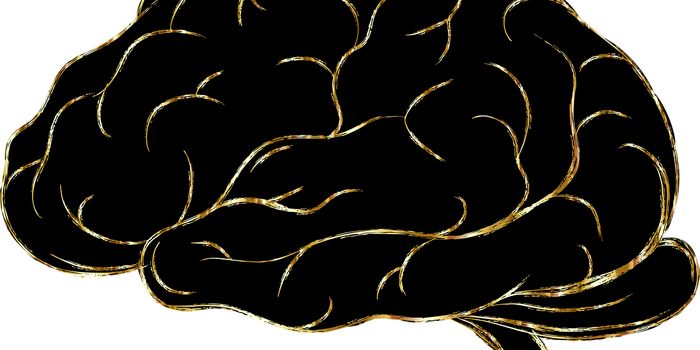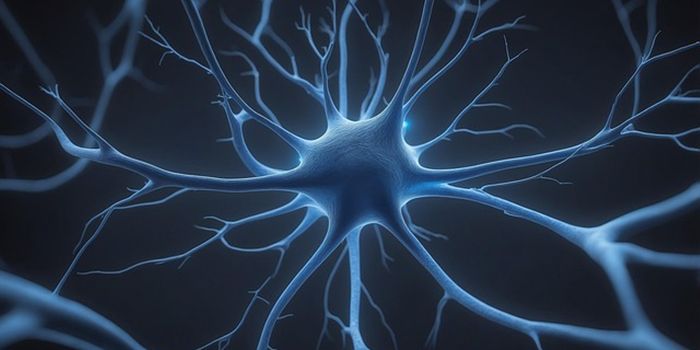CTE Diagnosis In Living Patients?
Chronic traumatic encephalopathy (CTE) the brain disorder that experts agree is a result of repeated blows to the head that happen in professional football and other sports, is in the headlines again, but this time with some hopeful news. Up until now, the disease could only be definitively diagnosed by autopsy examination of brain tissue. New research, however, shows that a biomarker called CCL11 is present and can be detected in living patients that show signs of the disease. CTE is known to cause memory loss, depression, anxiety and can lead to violent outbursts and suicide
With the discovery of this biomarker, medical professionals can more accurately diagnose patients who present with neurological symptoms. The early onset of Alzheimer's disease, for example, can look similar to CTE. The study on CCL11 was conducted at the Boston University School of Medicine (BUSM) and in the VA Boston Healthcare System (VABHS). They examined the brains of 23 former football players, some of whom had played in college and some of whom were professional players. They compared them to the brains of 50 non-athlete Alzheimer's patients and 18 non-athlete control volunteers, who were healthy and had no neurological disease.
Levels of CCL11 were normal in the brains of all participants who had not played football, but among the college and pro athletes, levels of this biomarker were elevated. When they looked at the specific levels of CCL11 in the football players and compared it to how much time each athlete had spent in the game, there was a positive correlation between longer playing careers and higher levels of CCL11.
The study team also collected cerebral spinal fluid from four of the healthy control volunteers, seven of those with CTE and four of the Alzheimer's patient. These samples of CSF were collected post-mortem and were normal in both the healthy patient group and the Alzheimer's group, but had elevated CCL11 levels in the CTE patients. Since CSF can be collected while a patient is alive, and only the CTE patients showed higher levels of the CCL11, the team believes that a way has been found to diagnose CTE while a patient is still alive.
Study first author first author Jonathan Cherry, Ph.D. is a postdoctoral fellow in neurology at BUSM and explained, "Not only did this research show the potential for CTE diagnosis during life, but it also offers a possible mechanism for distinguishing between CTE and other diseases. By making it possible to distinguish between normal individuals, individuals with Alzheimer's disease, and CTE therapies can become more targeted and hopefully more effective." Study senior author was Dr. Ann McKee, who is well-known as the director of the CTE center at BU and also serves as Chief of Neuropathology at the VABHS. She stated, "The findings of this study are the early steps toward identifying CTE during life. Once we can successfully diagnose CTE in living individuals, we will be much closer to discovering treatments for those who suffer from it."
Research at the BU CTE Center will continue to look at the CCL11 levels, and more research is planned to investigate when, in the course of the disease, these levels spike and if they can be used to quantify the severity of a particular case of CTE or as a predictor of future disease. The video below has more information on this breakthrough in the illness that is garnering so much attention in the sports industry as well as in the medical field. Check it out.
Sources: PLOS One, Boston University CTE Center via Eureka Alerts, UPI









